
Parents and school districts have always shared one fundamental, non-negotiable goal: to keep students safe while traveling to and from school. Period.
- By Jeff Baird
- July 16, 2025
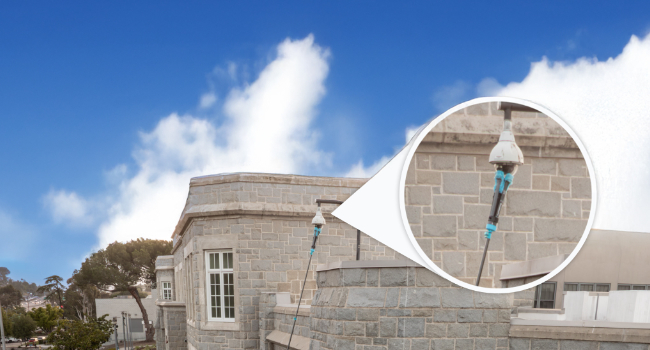
Universities invest in security camera systems, expecting them to provide clear, reliable footage to help protect students, faculty, and staff. These cameras are strategically placed across campus—monitoring entryways, dormitories, parking lots, stadiums, bookstores, and common areas—as both a deterrent to crime and a valuable tool in incident investigations.
- By William Ferris
- April 21, 2025
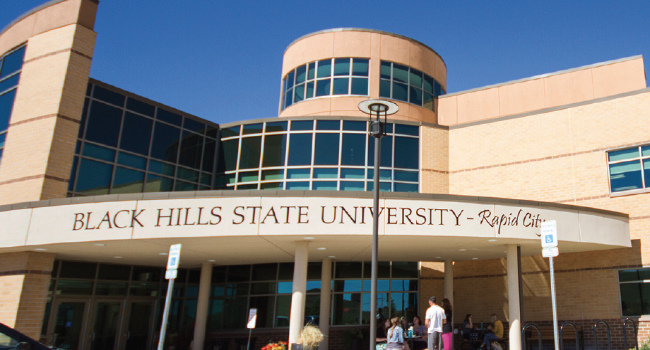
Black Hills State University recognized the need for a centralized video system to improve campus security and streamline operations. The university sought a solution that could unify its main campus with a satellite location, enable cross-department access, and scale with future growth. By implementing open platform video technology, BHSU laid the foundation for a comprehensive, flexible, and scalable security infrastructure.
- By Brad Cary
- November 13, 2024

The healthcare industry is experiencing an alarming escalation of violence, including an increase in threats against healthcare workers. As a result, it is looking for ways to be proactive and protect its staff and patients. According to the Bureau of Labor Statistics, the rate of injuries from violent attacks against medical professionals grew by 63% from 2011 to 2018 and hospital safety directors say that aggression against staff escalated as the COVID-19 pandemic intensified in 2020.
- By Monique Merhige
- September 06, 2024

Video surveillance is one of the most common security measures implemented by educational institutions today, but installing cameras is just the beginning. Adopting a holistic, comprehensive approach to video surveillance is a more effective way to safeguard campus communities and fully realize the value of your investment in physical security systems.
- By Bruce Canal
- July 16, 2024
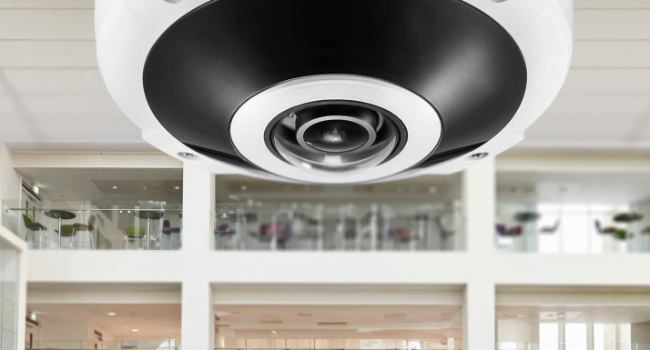
Whether working on a corporate or education campus, the video surveillance solution required to best protect it will vary vastly depending on location, application and specific security needs. Yet there are ways to segment a campus environment based on specific zones of protection to aid in the selection of the most suitable surveillance equipment for each area.
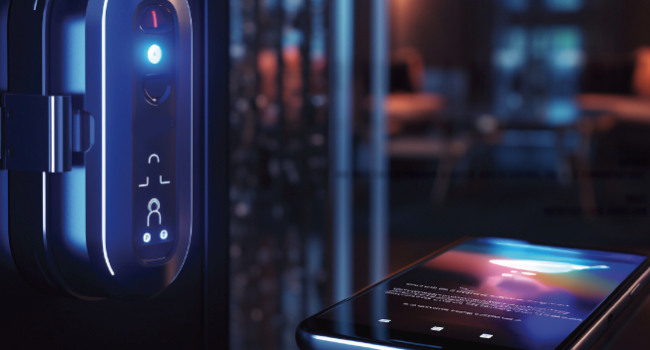
One of the driving forces for change has been the high demand for unified solutions. Users are asking their vendors for a way to manage all their security systems through a single interface, from a single pane. This has led to a flurry of software development to seamlessly integrate access control systems with video surveillance, intrusion detection, visitor management, health monitoring, analytics with artificial intelligence (AI), and more.
- By Rob Druktenis
- April 30, 2024

i-PRO Co., Ltd. (formerly Panasonic Security), a provider of professional security solutions for surveillance and public safety, recently announced that the Murietta Valley Unified School District (MVUSD) in Riverside County, CA, has undertaken a project to modernize its first-generation surveillance system to new high-resolution i-PRO network cameras, and the i-PRO Video Insight video management system (VMS).
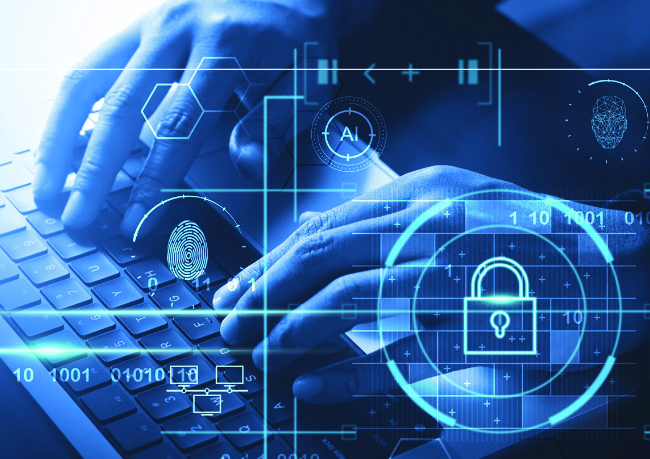
Physical security software and hardware have come a long way in recent years. Yet while systems like access control, intrusion monitoring, and video management are powerful tools, it is how we use them that matters.
- By Bruce Canal
- December 06, 2023
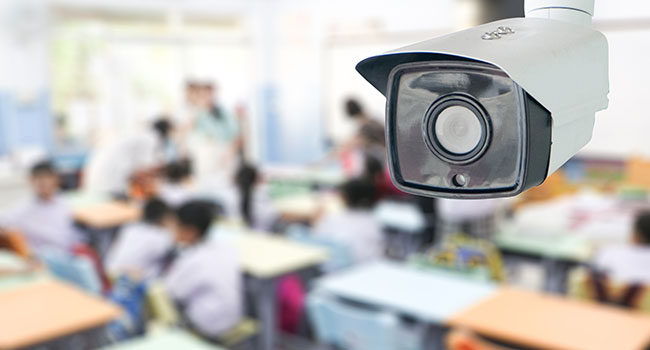
When it comes to video security systems in schools, there are many misconceptions about how AI, analytics, and facial recognition intersect and overlap. Where does one technology end and the next begin? Which ones raise more privacy concerns on campuses? In this article, we will examine the differences between these technologies and address privacy issues as we aim to protect students, staff and property.
- By Amy Bolin
- December 06, 2023